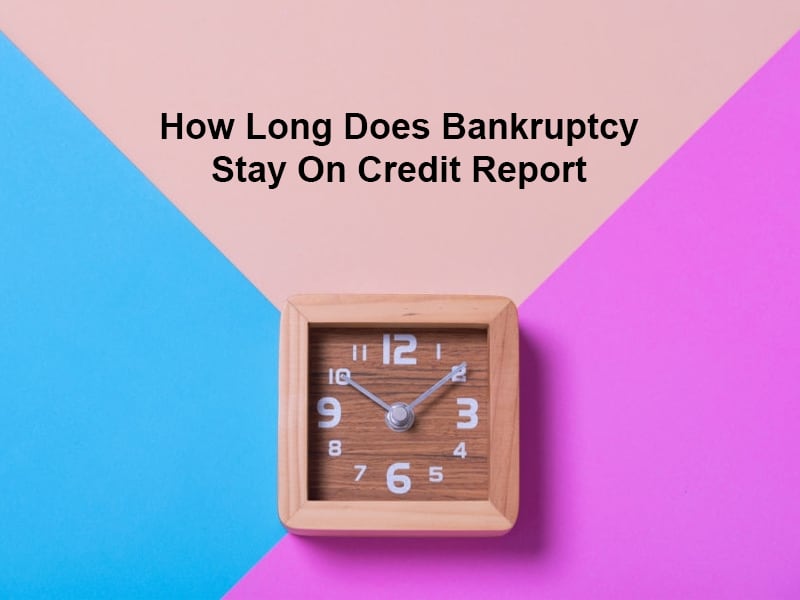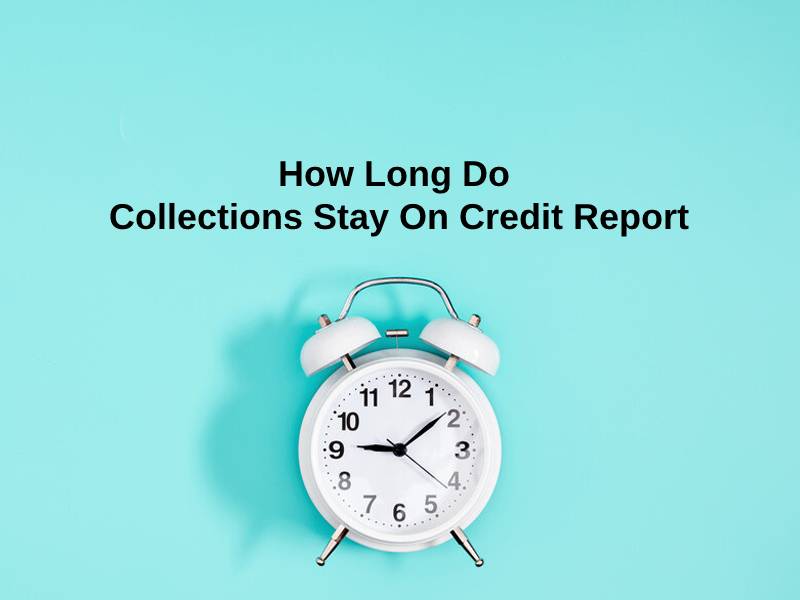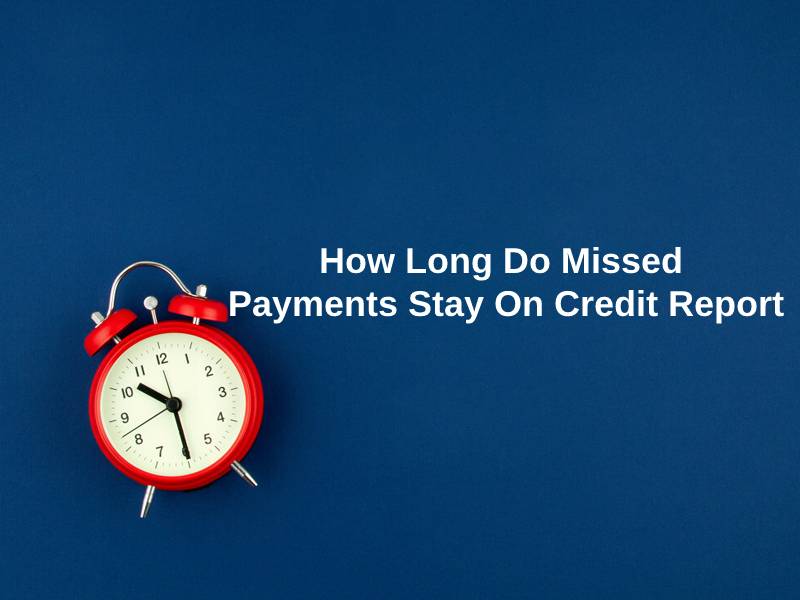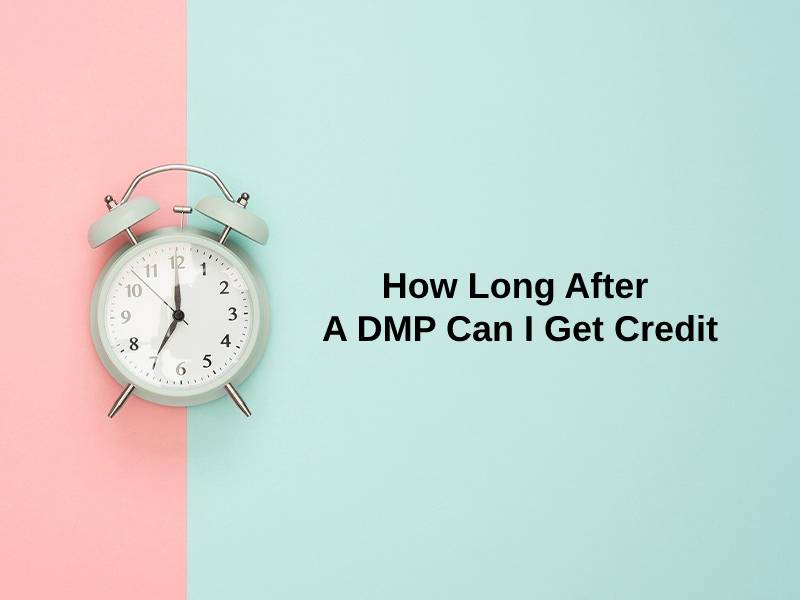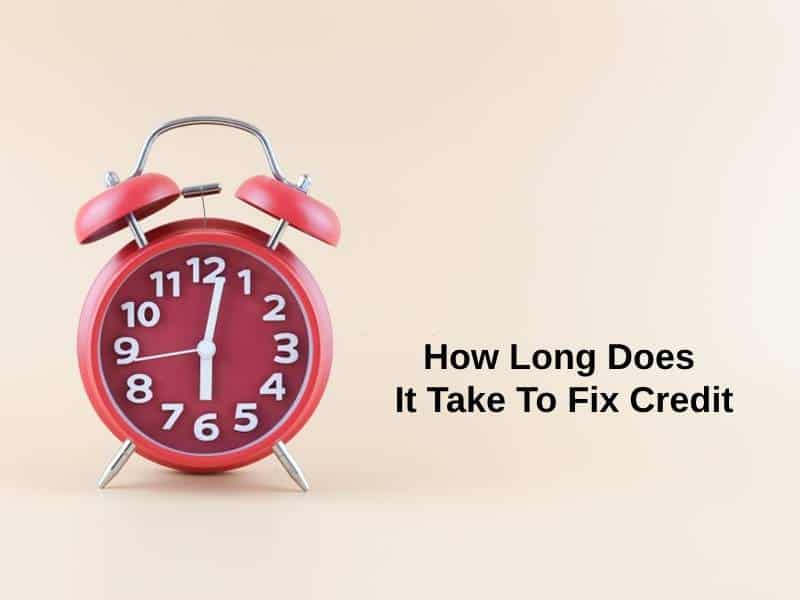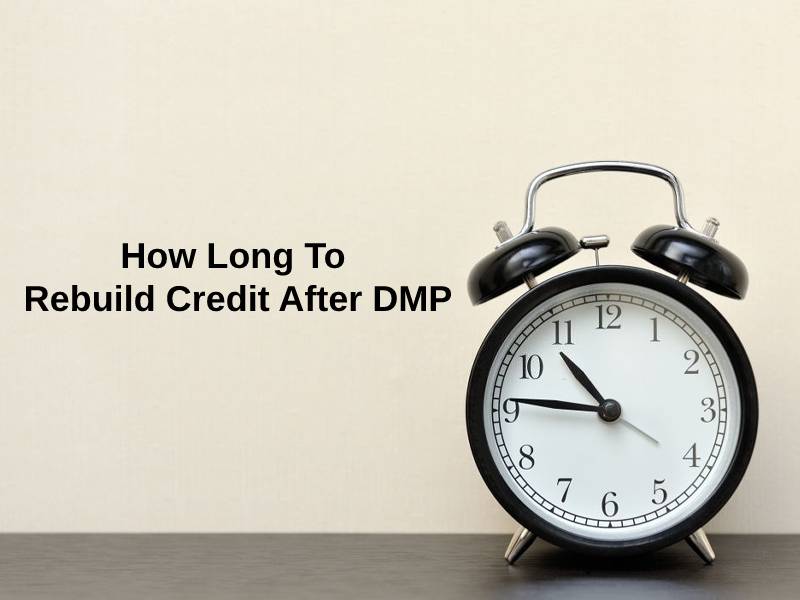Exact Answer: 7 years
After delinquency, the collection can stay on the credit for around 7 years. The credit reporting companies would remove or delete the collection from the credit. If the collection is not deleted from the credit after 7 years, then the person can raise a dispute against it. The collection would reduce the credit score hugely.
The person may take many years to rebuild the credit score. The type of collection would also affect how long the collection would stay on the credit. The credit scoring model would also influence the lasting time of the collection on the credit.

How Long Does A Collection Stay On Your Credit?
| Collection Stay On You Credit | Time |
| In years | 7 years |
| In months | 84 months |
There are not many ways by which people can remove the collection from the credit. The person can raise a dispute for removing the collection from the credit. The person should only raise a dispute if the collection is put due to an error. As the collection account will lower down the credit score of a person.
Therefore, the person should try their best to remove the collection. The person can also remove the collection before 7 years by requesting debt validation. The collection agency is required to validate the debt under Section 809 of The Fair Debt Collection Practices Act.
For applying a debt validation, the person should do it within a month after the collection agencies reach out to you. Every person with the collection on the credit can apply for negotiation. The negotiation with the lender for “Pay-For-Delete” can help in removing the collection from the credit.
Requesting a goodwill deletion may also help in removing the collection from the credit. After the person pays the collection account, then the person can write a formal mail to the collection agency. This mail is known as a goodwill letter in which the person tries to explain the situation to the collection agency.
The person should not explain every minor detail but should try to convince the collection agency for removing the collection on the credit. Before sending the goodwill letter, the person should make all the payments in time.
Why Does A Collection Stay On Your Credit For This Long?
If the person fails to convince the collection agencies to remove it, then the person has to wait for around 7 years. The credit score would build up to some extent after the collection is removed. If someone has multiple accounts listed on the credit reports, then it may take more time.
People with single negative accounts in the credit reports would be able to build the credit score faster. The person needs to check the legitimacy of the account before accepting the collection on the credit. To know the details of the collection account, everyone should try to find out details about the collection on the credit report.
In the credit report, people can also find if the collection is unpaid or paid. If someone doesn’t know about the original creditor and if the same is not mentioned in the credit report. Then the person can reach out to the collection agency to give all the information about the original creditor.
Once, the collection is removed from the credit, then the person should focus on building the credit score. The person can try to make all the payments on time to increase the credit score. It’s always better to prevent the issues of the collection, as they may not get removed before 7 years in many cases.
Therefore, everyone should keep a track of all the payments that are supposed to be done monthly.
Conclusion
The collection can stay for around 7 years on the credit. The person can’t remove the collection from the credit if they fail to convince the collection agencies.
Nobody should raise a dispute for the collection if there is no error found in any information. People may face difficulties in getting low-interest loans or credit cards if they have a collection on the credit report.



